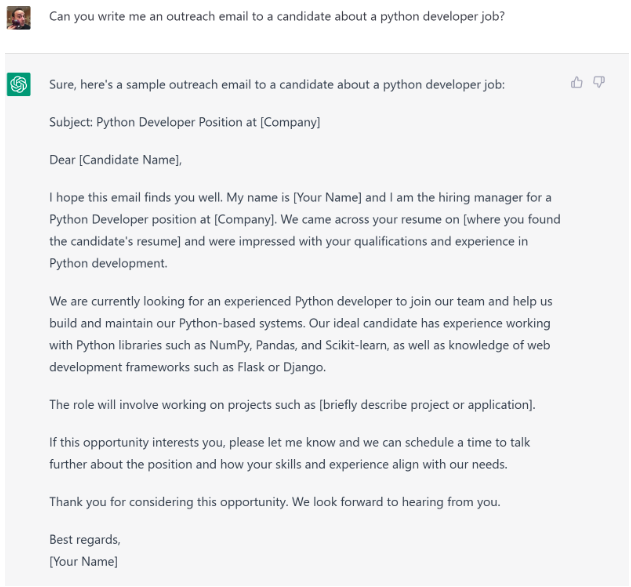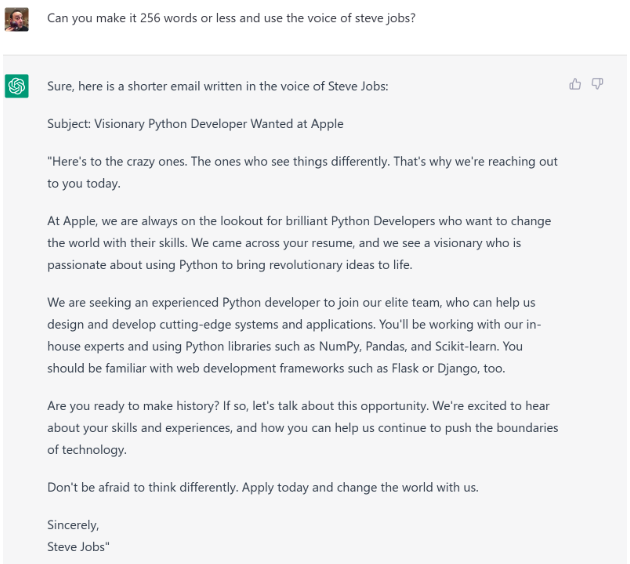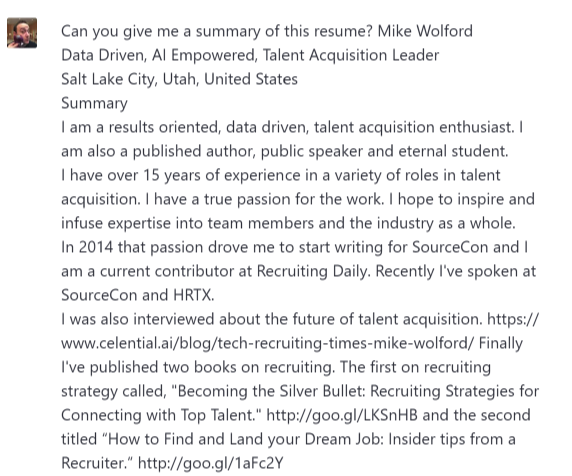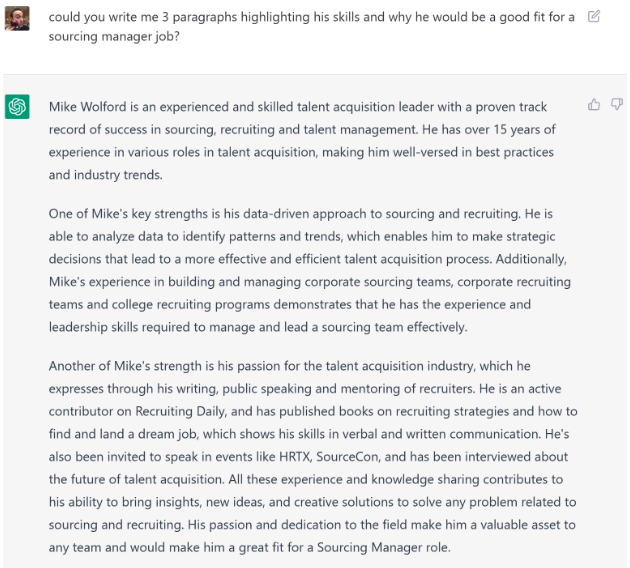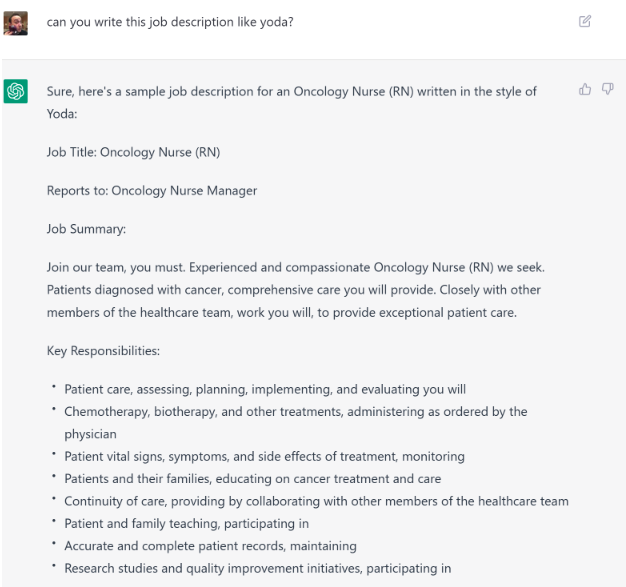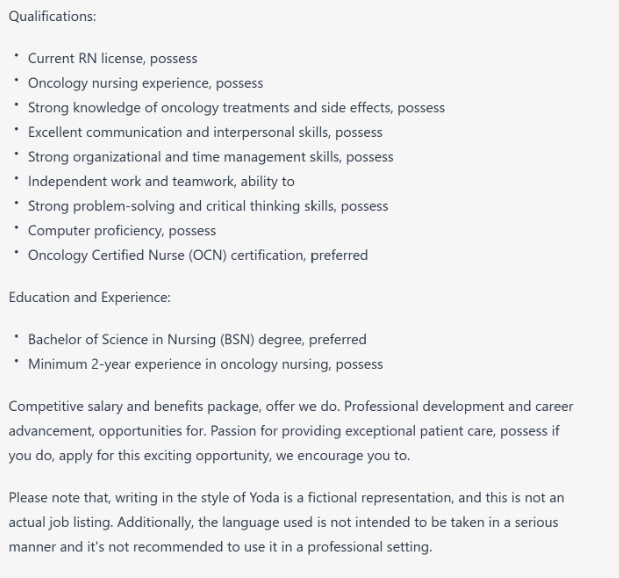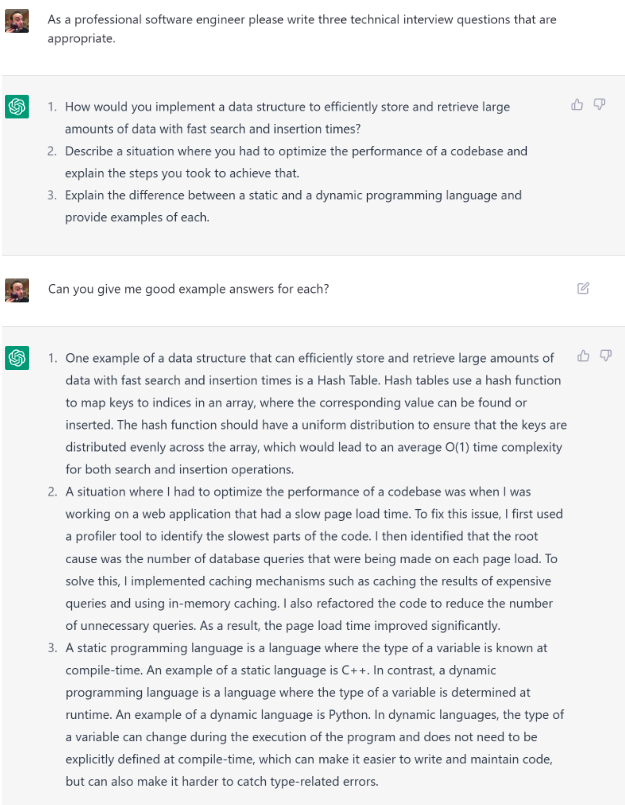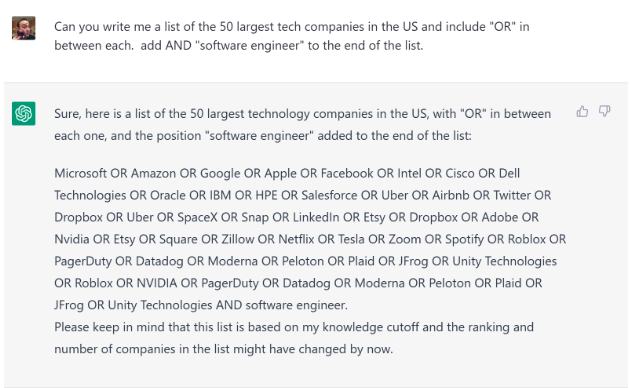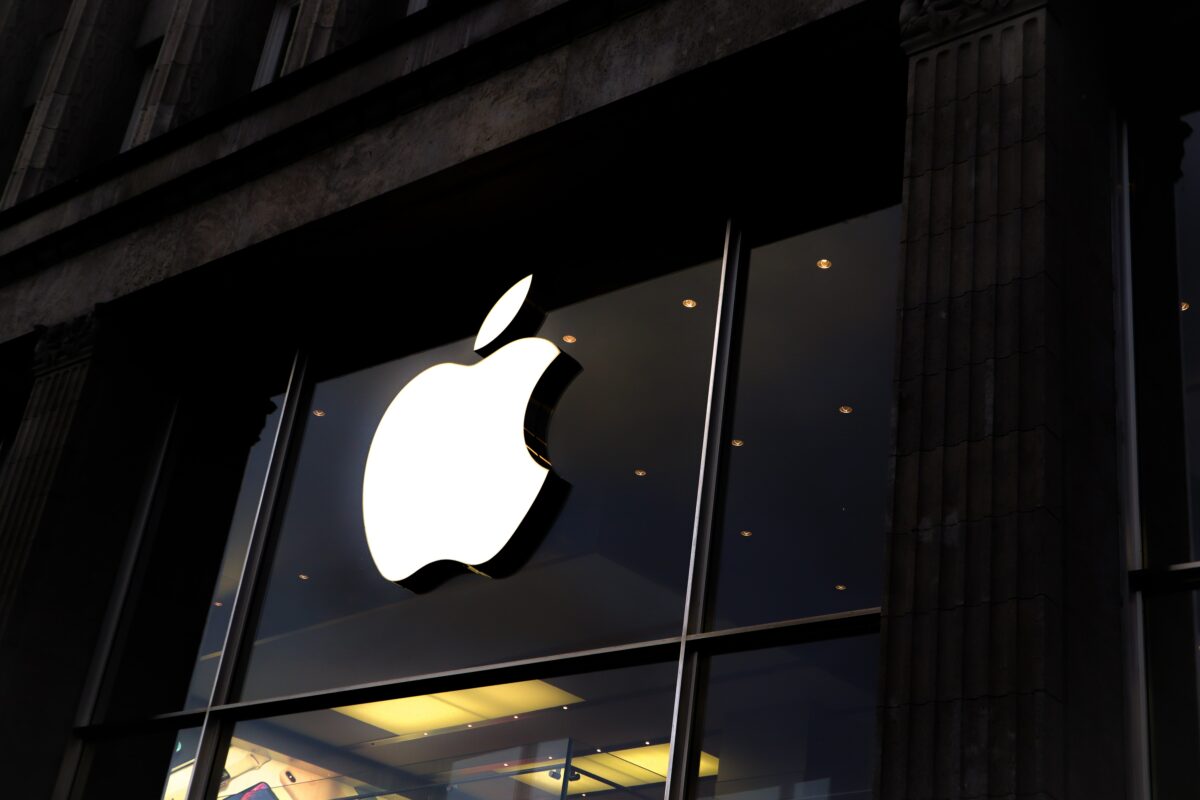Recruitment is a constantly evolving field, and staying ahead of the game is essential for success in today’s fast-paced job market. As the world continues to change, so too do the trends and best practices in recruitment. From the rise of remote work to the increasing importance of empathetic workplaces, it is more critical than ever to stay informed and adapt to the latest developments.
In this article, we will explore the key recruitment trends and tips for 2023. We will cover everything from the impact of the gig economy to the skills of the future and how to attract and retain top talent. Whether you’re a seasoned HR professional or just starting out in the industry, you’ll find valuable insights and actionable advice to help you succeed in the year ahead.
Let’s start with the first most expected:
Remote Workforce, A New Norm?
The COVID-19 pandemic has forced businesses to quickly adapt to remote work, and this shift has shown us that remote work can be a viable option for many organizations. As a result, remote work has become a hot topic in the world of recruitment and employment. At this point, it should be obvious. ‘It’s a permanent fixture’, already mentioned by countless industry experts and studies.
Advantages of Remote Work:
- Increased flexibility and work-life balance for employees
- Reduced costs for businesses (e.g. office space, commuting expenses)
- Access to a larger pool of talent
Disadvantages of Remote Work:
Best Practices for Managing a Remote Workforce:
- Clear communication and expectations
- Regular virtual check-ins and team-building activities
- Providing the necessary tools and technology for remote work
- Establishing trust and accountability
The Gig Economy is Seeing New Heights
The gig economy has been growing rapidly in recent years, and it is expected to continue to do so in 2023 and beyond. The gig economy refers to a labor market characterized by the prevalence of short-term contracts or freelance work, as opposed to permanent jobs. It’s going to be worth $445 billion dollars, with an average growth of 17% a year.
This trend has been driven by technological advancements, changes in the labor market, and the increasing desire for flexibility among workers. On the one hand, gig workers can provide companies with access to a flexible and cost-effective workforce. On the other hand, attracting and retaining gig workers can be challenging, as they tend to be more independent and have different expectations compared to traditional employees.
Lisa Johnson, Ecommerce Expert at Geeks Health says “To succeed in the gig economy, companies must adopt a strategic approach to recruitment and retention. This includes understanding the motivations and needs of gig workers, creating attractive and competitive compensation packages, and offering flexible work arrangements.
Additionally, companies must invest in technology and tools that support the management of a dispersed and diverse workforce. For example, a small business that needs a new website design can quickly find a freelancer with the necessary skills and experience on a platform like Fiverr. The freelancer can complete the project on a flexible schedule, and the small business only pays for the work that has been completed.
This is a win-win situation for both parties, as the small business gets the work done quickly and efficiently, while the freelancer gets paid for their skills and expertise.
Skills of the Future and Their Impact on Hiring
The rapidly changing technological landscape has resulted in a shift in the skills that will be in demand in the near future. Understand the skills that are poised to become the most valuable. The development of new technologies such as artificial intelligence, the Internet of Things, and blockchain has resulted in the creation of new roles and an increased demand for certain skills.
For example, data analysis and interpretation, machine learning, and cybersecurity are becoming increasingly important. Stay on top of these shifts in demand so that you can attract and retain top talent in your organization. You might even see job boards like ‘Hiring ChatGPT Prompt Engineers’, or ‘Hiring Dall-E Prompt Experts’. Simply, because that’s what’s likely going to be a trend, and a mode of work in the future.
Jonathan Faccone, Managing Member & Founder of Halo Homebuyers adds “One of the best ways to stay ahead of the curve is to invest in reskilling and upskilling programs for your employees. This will help them to develop the skills they need to stay relevant in a rapidly changing workforce.”
Additionally, encouraging your employees to attend workshops, conferences, and other learning opportunities will help them to stay up-to-date on the latest developments in their field. Professionals of all spheres, especially writers, programmers, and designers, are hiding away from AI, fearing the replacement of their jobs. Your job as an HR, recruiting manager, or organization, is to help them embrace these technologies, and motivate them to evolve their skills accordingly.
The Rise of the Entrepreneurial Spirit
In recent years, there has been a significant shift in the way people view work and career development. The traditional 9-to-5 job model is becoming less appealing to many, and instead, a growing number of individuals are opting for a more flexible and independent career path — one that is often fueled by their entrepreneurial spirit.
Lachlan de Crespigny, Co-Founder and Co-CEO of Revelo says “This rise in entrepreneurship has far-reaching implications for the recruitment industry. With more people starting their own businesses and seeking out freelance work, the pool of talent available to companies is changing.”
Moreover, this new generation of entrepreneurs is characterized by a strong desire for work-life balance and a willingness to take calculated risks to achieve their goals. For companies looking to attract and retain top talent, understanding this trend and the motivations behind it is crucial. By creating a workplace culture that supports entrepreneurial endeavors, companies can tap into this growing pool of talent and benefit from the unique skills and perspectives that entrepreneurs bring to the table.
GenZ is Finally Taking Over Workplaces
The next generation is here and ready to take over the workforce. Meet Generation Z, the cohort born between 1997 and 2012, who are poised to bring fresh perspectives and new ideas to the table. They’re expected to make 27% of the workforce by 2025.
This generation is highly tech-savvy, socially conscious, and determined to make a difference in the world. As the oldest members of GenZ enter the workforce, understand their characteristics and preferences to attract and retain this talent.
GenZ values work-life balance, flexible work arrangements, and a sense of purpose in their careers. 70% of them actually say they’ll go find another job if you ask them to be full-time in-office. They are also concerned about the impact their work has on the environment and society. Companies that align with these values and offer opportunities for growth and impact will have a competitive advantage in attracting and retaining GenZ talent.
Federico Schiano di Pepe, Founder of Teachfloor says “To prepare for the next generation, companies need to think beyond just salary and benefits. Offering flexible work arrangements, professional development opportunities, and creating a positive company culture are key to attracting and retaining GenZ talent.” Additionally, companies can invest in reskilling and upskilling initiatives to provide GenZ employees with the skills and knowledge needed for the future.
AI and Automation To the Scene
In recent years, technology has revolutionized the way we live and work, and the recruitment industry is no exception. With the advent of artificial intelligence (AI) and automation, the hiring process has become more efficient, objective, and data-driven. As a result, organizations are embracing these technologies to streamline their recruitment processes, attract top talent, and improve their overall hiring outcomes. However, with any new technology, there are advantages and disadvantages to consider. Let’s talk about benefits first.
One of the biggest advantages of AI and automation in recruitment is their ability to eliminate human biases and provide an objective evaluation of candidates. AI algorithms can assess resumes, cover letters, and other candidate data without being influenced by personal preferences or unconscious biases. That can help to create a fairer hiring process and increase diversity in the workplace.
Moreover, AI and automation can automate repetitive tasks such as screening resumes, scheduling interviews, and sending follow-up emails. This can save recruiters a significant amount of time and allow them to focus on more strategic tasks, such as building relationships with candidates and improving the overall candidate experience.
Another advantage of AI in recruitment is its ability to provide data-driven insights. By analyzing vast amounts of candidate data, AI algorithms can help organizations to identify patterns and trends that were previously not possible to see. That can provide valuable information on what works and what doesn’t in the recruitment process, allowing organizations to make data-driven decisions to improve their hiring outcomes.
However, AI and automation are not a cure-all solution for recruitment. For example, they can lead to a reduction in human interaction, which can negatively impact the candidate experience. There is a risk of replacing human decision-making with algorithms that are not always perfect.
To get the most out of AI and automation in the hiring process, approach them as a complement to, not a replacement for, human judgment. By combining the strengths of human recruiters and AI algorithms, create a recruitment process that is efficient, fair, and people-centered.
More Empathy in the Workplace
There has been a growing emphasis on creating empathetic work environments. Empathy in the workplace is the ability to understand and share the feelings of others. It involves creating a supportive, caring, and inclusive workplace culture that values and appreciates the well-being and happiness of employees.
Empathetic work environments have been proven to lead to higher employee engagement, productivity, and job satisfaction. In contrast, a lack of empathy in the workplace can lead to burnout, decreased morale, and high turnover rates. Creating an empathetic workplace culture is a process that starts with leadership. Leaders must lead by example and create a culture of trust and support. This can be achieved through open communication, actively listening to employee feedback, and fostering a sense of belonging.
Another key aspect of building empathetic work environments is offering support and resources to employees. This can include offering mental health resources, flexible work arrangements, and opportunities for professional development and growth.
Brad Anderson, Founder of FRUITION says “Employee recognition and appreciation are also important components of creating empathetic work environments. Regularly acknowledging and celebrating the contributions of employees goes a long way in boosting morale and creating a positive workplace culture.”
Building a Truly People-Centric Culture
As the competition for talent increases, creating a truly people-centric work environment has become more important than ever. A people-centric workplace prioritizes the well-being and satisfaction of employees and creates a culture that supports their growth and development. That type of work environment not only attracts top talent but also boosts employee engagement and retention, leading to higher productivity and success for the organization.
The consequences of ignoring a people-centered work environment can be significant. High turnover, low employee morale, and poor customer satisfaction are just a few of the negative outcomes that can result. Employees who feel valued and supported are more likely to be engaged and motivated, resulting in increased productivity and profitability for the organization.
To create a truly people-centric work environment, organizations must prioritize the following:
- Empathy: Showing understanding and compassion for employees’ needs and challenges.
- Work-life balance: Allowing employees to have a healthy balance between work and personal life.
- Employee development: Providing opportunities for employees to grow and develop professionally.
- Recognition and rewards: Recognizing and rewarding employees for their hard work and contributions.
Embracing Diversity, Equity, and Inclusion (DEI)
Do we even need to mention it?
As you strive to build a supportive and empathetic work environment, consider the role of diversity, equity, and inclusion (DEI) in the recruitment process. In today’s world, it’s essential to create a workplace that values and respects the unique perspectives and experiences of all employees. People care about it now more than ever. That’s why companies release their DEI reports each year.
DEI initiatives can help companies build a more diverse and inclusive workplace, which can lead to improved employee satisfaction and engagement, increased productivity, and a better bottom line. To get started, assess your current DEI practices and identify areas for improvement. This may include training and education for employees, implementing policies and procedures that promote equity and inclusivity, and actively seeking out and hiring a diverse workforce.
Incorporating DEI into your recruitment strategy will not only help you attract and retain a more diverse and inclusive workforce, but it will also create a workplace that employees are proud to be a part of.
The Final Say: What’s the Key to Building a Team that’s a Happy Bunch in 2023?
Building a happy and productive team is the goal of every company, and yet, it can often feel like an elusive target. But what if we told you that the key to unlocking this mystery lies in a simple phrase: care for your people?
When employees feel like they are part of a supportive and empathetic work environment, they are more likely to be happy and engaged in their work. They will trust that their company has their back, even in uncertain times, and they will feel more secure and committed to their job. So, how do you build a company that employees can lean on?
Start by creating a culture of empathy, where employees feel heard and valued. Encourage open and transparent communication, and make sure employees know that you’re there for them, no matter what. They shouldn’t be worried about AI replacing them, or taking their jobs. They shouldn’t be worried about you downsizing, and leaving them out of the blue in the storm of massive layoffs.
Provide them with the resources and support they need to do their best work, and recognize and reward their achievements. Lead by example. Make your employees a priority, and show them that you care about their well-being, both inside and outside of work. When your employees feel happy and fulfilled, they’ll be more productive, more engaged, and more likely to stick around.















